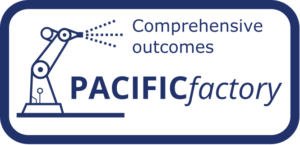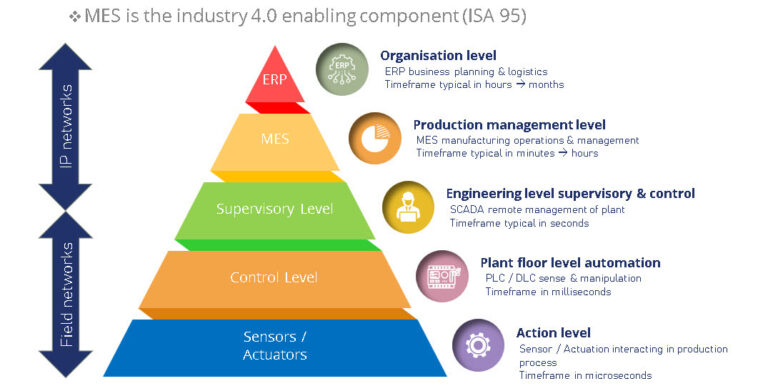Zero trust is a cybersecurity model that assumes that no user or device is inherently trustworthy, and that all access to resources must be continuously monitored and verified. This is in contrast to the traditional model of cybersecurity, which relies on a perimeter defence to protect resources.
The zero-trust model is based on the following key principles…
Never trust, always verify.
Every user, device, and application must be verified before being granted access to resources. This includes verifying their identity, their device health, and their authorization to access the resource.
Least privilege
Users and devices should only be granted access to the resources they need to do their jobs. This reduces the risk of damage if a user or device is compromised.
Assume breach
The network should be assumed to be compromised, and all access requests should be treated as if they are coming from an untrusted network.
Continuous monitoring
User and device behaviour should be continuously monitored for signs of malicious activity.
Zero trust is a complex model to implement, but it can be an effective way to protect resources in today’s increasingly interconnected world.
Zero Trust Security Model…
The zero-trust model can be implemented using a variety of technologies, including:
Identity and access management (IAM)
IAM systems can be used to authenticate users and devices and to authorize them to access resources.
Endpoint security
Endpoint security software can be used to protect devices from malware and other threats.
Network segmentation
Network segmentation can be used to isolate resources from each other, making it more difficult for attackers to move laterally through the network.
Data protection
Data protection technologies, such as encryption and data loss prevention (DLP), can be used to protect data at rest and in transit.
Cloud security
Cloud security solutions can be used to protect resources in the cloud.
Zero trust is a journey, not a destination. It is an ongoing process of improving the security of an organization’s resources. As the threat landscape evolves, organizations will need to continuously adapt their zero trust implementations to stay ahead of the attackers.
Here are some of the benefits of zero trust…
Improved security
Zero trust can help to improve the security of an organization’s resources by reducing the risk of unauthorized access.
Reduced risk of data breaches
Zero trust can help to reduce the risk of data breaches by making it more difficult for attackers to steal data.
Increased agility
Zero trust can help to increase an organization’s agility by enabling it to quickly and securely adapt to changes in the threat landscape.
Improved compliance
Zero trust can help to improve an organization’s compliance with regulations by providing a framework for managing access to resources.
If you are considering implementing zero trust, there are a few things you should do…
Assess your current security posture.
The first step is to assess your current security posture to identify any weaknesses that could be exploited by attackers.
Define your zero-trust strategy
Once you have a good understanding of your current security posture, you can define your zero trust strategy. This strategy should outline your goals, objectives, and the steps you will take to implement zero trust.
Choose the right technologies
There are a variety of technologies that can be used to implement zero trust. Choose the technologies that are right for your organization’s needs.
Implement and monitor your zero trust solution
Once you have chosen the right technologies, you need to implement and monitor your zero-trust solution. This includes training your employees, configuring your systems, and monitoring for signs of unauthorized access.
Conclusion…
Zero trust is a powerful security model that can help to protect your organization’s resources. By implementing zero trust, you can reduce the risk of data breaches, improve compliance, and increase agility.
PACIFICfactory support…
Cybersecurity hardening is a fundamental technology that we bake into every facet of what we do and deliver.
PACIFICfactory eat, sleep and do Zero Trust like it matters.
Related
Related Posts
- No related posts.








